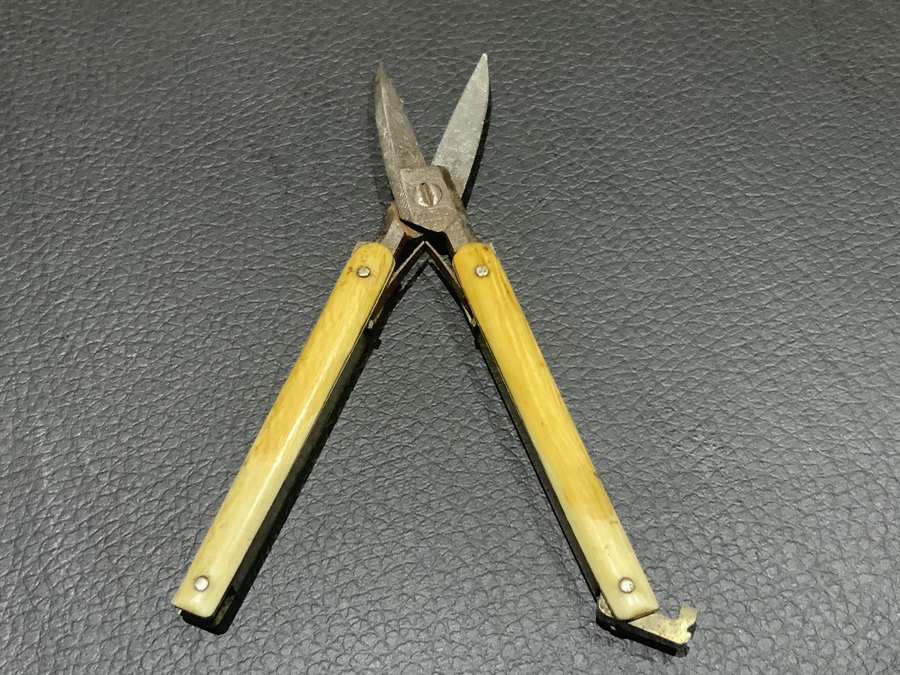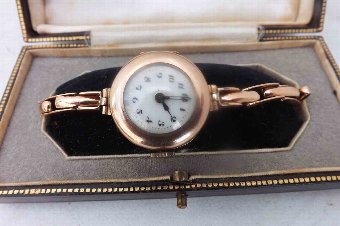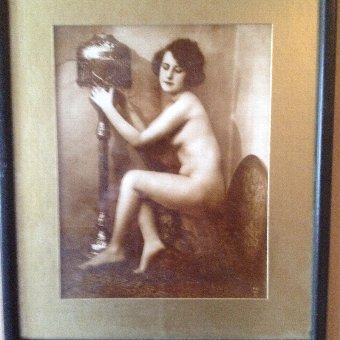featured item
antique pair japanese meiiji imari blue & white arita porcelain temple vases 19c

antiques available from other sellers in antique vintage and retro
-
![Victorian fold away scissors]() £95.00
£95.00victorian fold away scissors Read more
Bore Park antiques -
![Vintage Ladies 9ct gold wristwatch and presentation case]() £295.00
£295.00vintage ladies 9ct gold wristwatch and presentation case Read more
Bore Park antiques -
![1920s nude woman photos]() £30.00
£30.001920s nude woman photos Read more
valley antiques -
![Vintage Wrought Iron Peacock Chair]() £380.72
£380.72vintage wrought iron peacock chair Read more
Private seller
- View other items in:
- antique vintage and retro
- porcelain
Still not found something similar? Why not save a search and get a notification in your inbox when an matching antique is added to our ever-growing database?
Enter your email address to be sent alerts when new items are added to the site that match your search criteria

A stunning pair of monumental Meiji period Japanese Imari Arita Yaki blue and white porcelain temple vases signed with six character mark to both inner rims, circa 1890 in date.
Of ovoid form, they feature a wide flaring and ribonned rims.
The body is beautifullyhand-painted with an integratedesign in lovely shades ofunderglazecobalt blue with two centre panels, one withbirds in aflowering tree and the other with flying birds with lotus.
Instil a certain elegance to a special place in your home with these fabulous vases.
Our reference: 09359a
Arita ware is a broad term for Japanese porcelain made in the area around the town of Arita, in the former Hizen Province, northwestern Kyushu island. This was the area where the great majority of early Japanese porcelain, especially Japanese export porcelain, was made.
According to tradition, the Korean potter Yi Sam-pyeong d. 1655 or Kanagae Sanbee is often considered the father of Arita ware porcelain. This narrative is however disputed by many historians. He is nevertheless honoured in Sueyama Shrine as the founder.
Antiques.co.uk Ref: XVDWE75CN
- Width (cm):
- 33
- Height (cm):
- 95
- Depth (cm):
- 33
Here on antiques co uk we love antiques and specialise in selling antiques. Even though this item was for sale and is now sold or otherwise now unavailable we have many more items for sale including vintage antiques, silver, tables, watches, jewellery and much more for your interiors and home.
Search all the antiques currently for sale on www.antiques co uk. Or why not consider selling your antiques and making sales more easily with us!
regent antiques limited
Regent Antiques Limited has 986 antiques for sale.
click here to see them all










